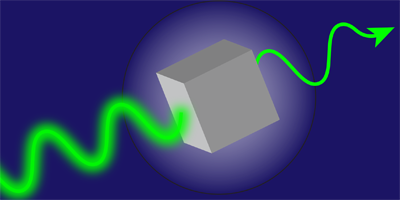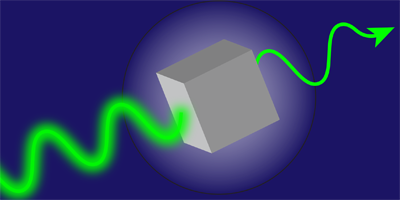Quieter Quantum Amplifiers
Quantum information processing systems will need amplifiers to distribute and boost signals. By their very nature, quantum amplifiers introduce noise into the signal—an example would be spontaneous emission in a laser amplifier. Because of this, researchers have sought ways to mitigate this annoying degradation. In a paper in Physical Review Letters, Jia Kong from East China Normal University, Shanghai, and colleagues describe an experiment in which they leverage the weirdness of quantum mechanics to significantly reduce amplifier noise.
Entanglement is the foundation of quantum information processing and joins multiple particles like photons into a partnership that persists even though they are far apart. Kong et al. find that if the inner workings of the amplifier can be entangled quantum mechanically with the input signal, then the noise—now also shared by the correlations of entanglement—may cancel out at the output of the amplifier by destructive interference. A crude analogy might be rapidly changing the volume on a radio to precisely counteract the effects of static.
To test this idea, they shine lasers into a cell filled with rubidium vapor. The beams interact to create two new beams of entangled photons, and because they are entangled, the quantum fluctuations in each beam are strongly correlated. These beams are sent through a second rubidium vapor cell that acts as an amplifier: One of the beams acts as a signal, while the other beam, entangled with the first, serves to control the amplifier’s internal modes. Kong et al. observe that with this arrangement, the signal-to-noise ratio in the amplified beam is improved by decibels for an amplification of decibels. The authors note that the need for entangled input signals puts restrictions on applications, but the work does prove a principle of potential benefit to quantum amplification. – David Voss





